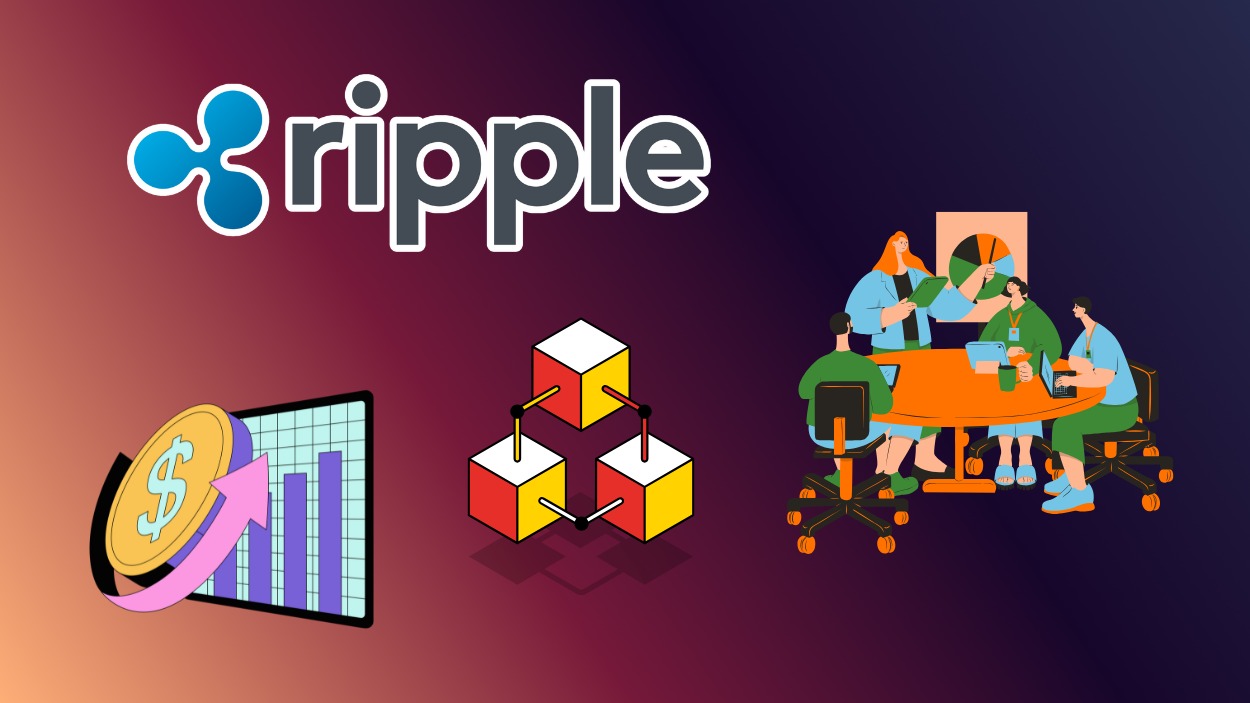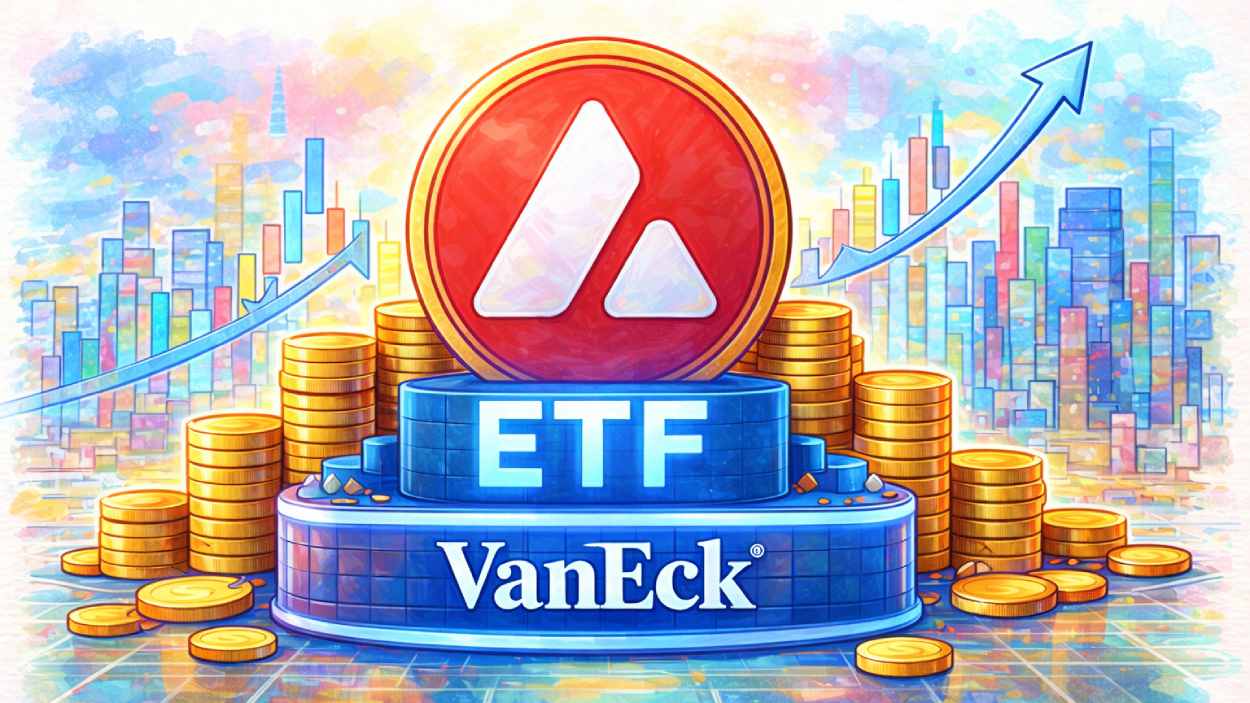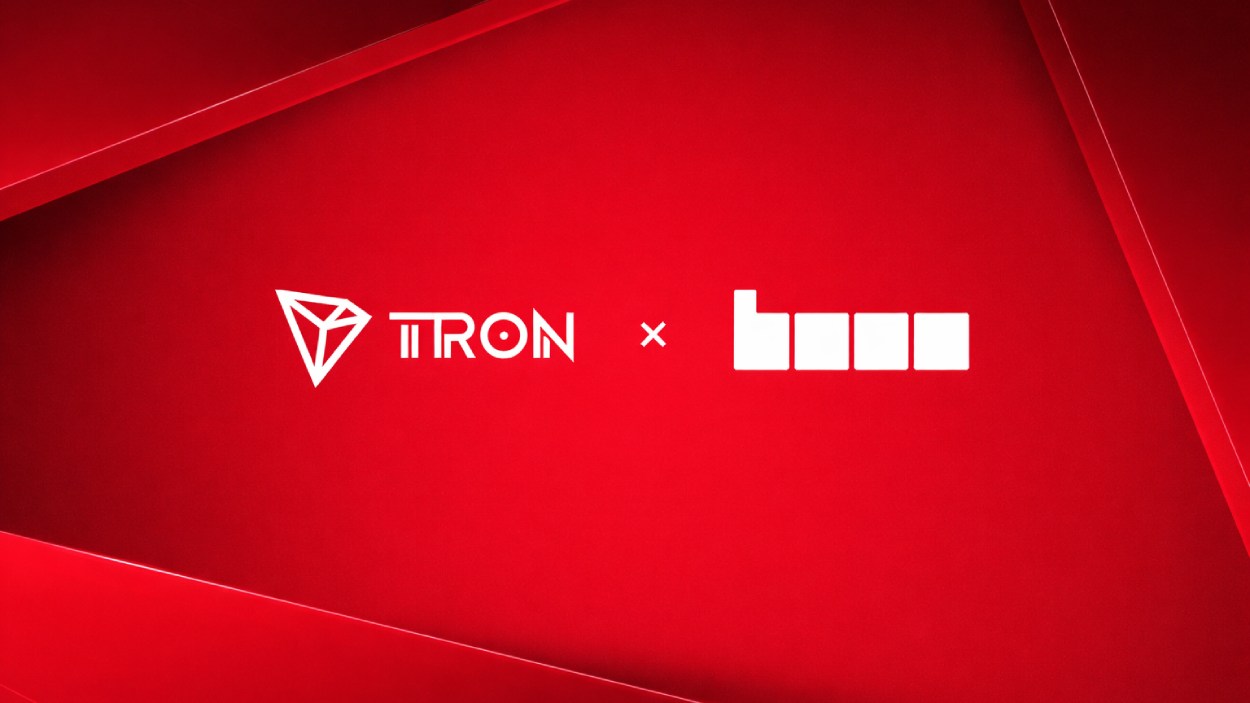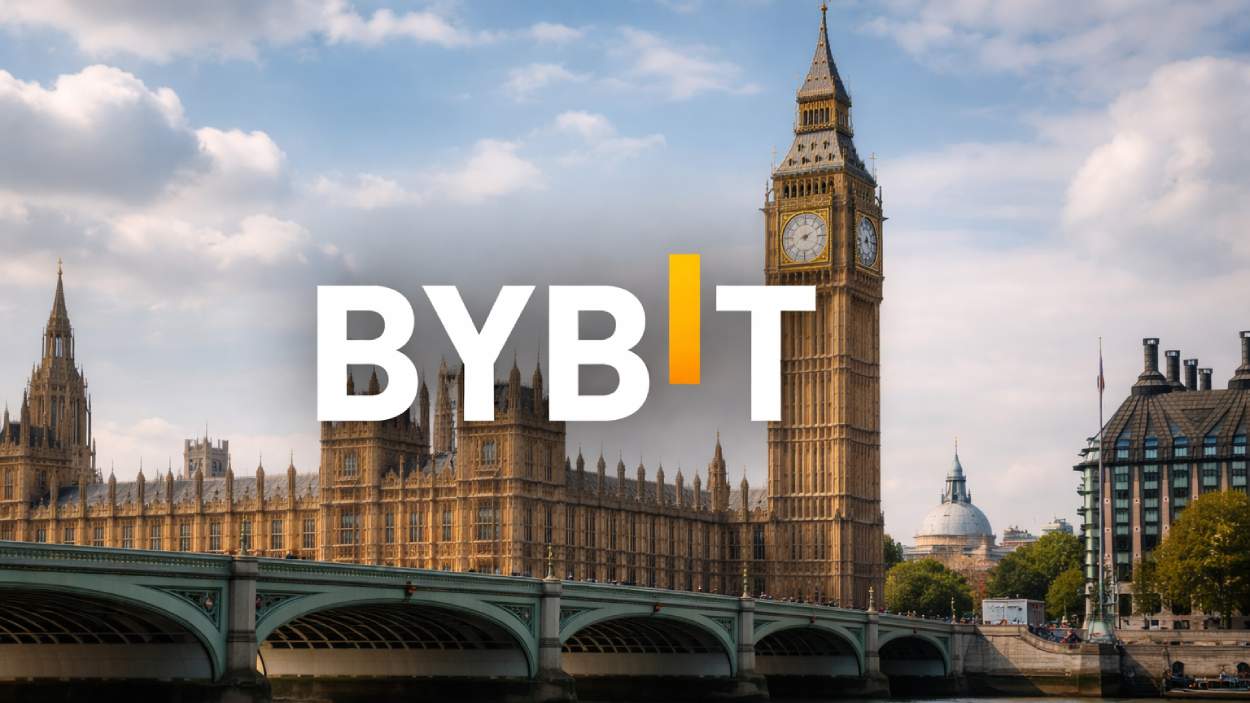Circle has rolled out native USDC on Hyperliquid’s HyperEVM network and made its first investment into Hyperliquid’s HYPE token. The company is also evaluating becoming a validator for the network.
Key Takeaways
- Circle launched native USDC support via its upgraded Cross Chain Transfer Protocol version 2 (CCTP V2) on Hyperliquid’s HyperEVM chain
- The move removes the need for wrapped versions of USDC on HyperEVM and enables smoother cross chain transfers
- Circle has become a stakeholder in Hyperliquid by purchasing HYPE tokens and is considering taking on a validator role
- Hyperliquid currently holds nearly 6 billion dollars in USDC reserves, making USDC the dominant stablecoin on its platform
- Hyperliquid’s total value locked (TVL) is approximately 670 million dollars and the platform generates high trading volumes, especially in perpetual derivatives markets
What Happened?
On September 16, 2025, Circle officially went live with native USDC on Hyperliquid’s HyperEVM chain. The rollout includes CCTP V2, which allows USDC users on HyperEVM to transact, bridge across other blockchains, and deposit directly to Hyperliquid in a more seamless manner.
Alongside the technical upgrade, Circle bought HYPE tokens, becoming a direct stakeholder in the ecosystem. The company is al exploring becoming a validator, which would allow it to participate more deeply in governance and network security.
Native USDC is now on HyperEVM
— USDC (@USDC) September 16, 2025
Trade with the world’s largest regulated stablecoin, use as collateral, and tap into DeFi liquidity across HyperEVM.
Coming Soon: Direct HyperEVM ↔ HyperCore Connectivity
Hyperliquid. https://t.co/9LBsy2oirr
USDC’s dominance on Hyperliquid is notable. The platform holds about 6 billion dollars in USDC reserves, making it the leading stablecoin by far. Displacing wrapped assets, native support is expected to reduce friction for users and developers.
Hyperliquid is also moving in parallel with its plans for its own stablecoin, USDH, to be issued by Native Markets following a competitive selection process. Validators voted on which issuer would win the rights to launch USDH.
Context and Implications
- Technical and User Impacts
Native USDC via CCTP V2 means users and developers no longer need wrapped versions of USDC on HyperEVM. Transfers between Hyperliquid and other chains become smoother. Integration with HyperCore is expected soon, bringing full interoperability for deposits and withdrawals.
- Strategic Move Ahead of USDH
Hyperliquid is preparing to launch a native stablecoin (USDH) issued through Native Markets. Circle’s early investment and deeper integration may help it maintain its leading position even after USDH arrives.
- Ecosystem Growth and Liquidity
Hyperliquid has seen strong growth. Its TVL is around 670 million dollars, and it handles large volumes especially in perpetuals. The HYPE token is active with high trading volumes. USDC being dominant, Circle’s move could further cement its utility and liquidity in this fast growing DeFi network.
Circle’s Wider Goals
In its announcement, Circle positioned this launch as part of a larger mission to build what it calls network utility for dollars on the internet. It emphasized capital efficiency, developer support, and regulatory compliance.
Circle is also launching incentive programs for builders on HyperEVM and HIP 3, offering tools, SDKs, and support for integrating USDC. It wants to deepen partnerships across the Hyperliquid ecosystem.
CoinLaw’s Takeaway
In my view this is a savvy move by Circle. By launching native USDC support and integrating CCTP V2 on HyperEVM, Circle removes many of the frictions users were facing. It also positions itself strongly ahead of USDH, which could otherwise challenge its dominance. Becoming a stakeholder and potentially a validator gives Circle influence over governance in Hyperliquid, aligning incentives deeper.
This kind of strategy recalls earlier periods when stablecoin issuers acted early to establish dominance in emerging fast growing chains. In the long run I expect this integration to help Hyperliquid gain more traction with institutional users, while Circle maintains its role as a leading stablecoin and infrastructure provider.

























































